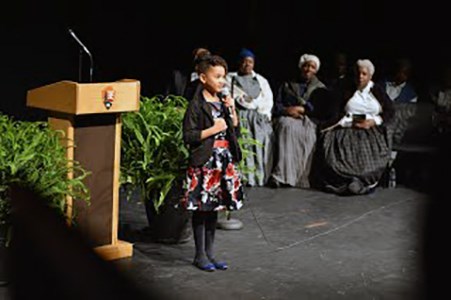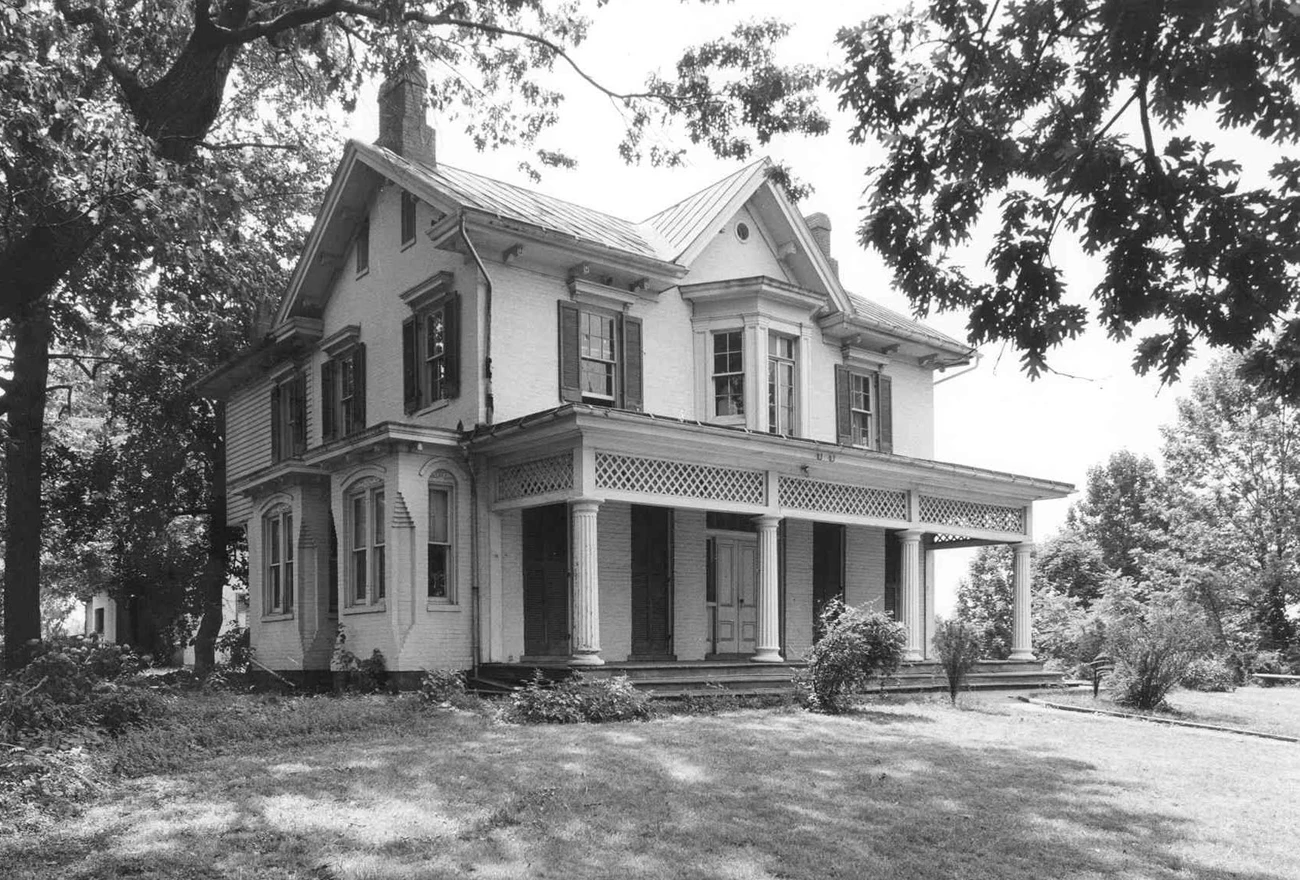Last updated: September 12, 2017
Article
Visiting Cedar Hill for Frederick Douglass Birthday

2. Personal reflection makes for more nuanced historical thinking. Programs that investigated all aspects of Douglass’s life invited visitors to consider its meaning and importance. From the beginning of the Civil War, Douglass helped recruit African Americans, including two of his sons, to fight in the Union Army and was an influential adviser to President Abraham Lincoln. He advocated for civil rights until his death in 1895.
3. Good history deals with the tough stuff of the past. During the commemoration, tours of Anacostia, the neighborhood in which Cedar Hill is located, gave visitors a chance to confront difficult history associated with issues of race and class. When Douglass moved to Cedar Hill he brought to an end the segregated housing history of that community.
4. Participatory events value the involvement and insight of their audiences. A popular feature, the Frederick Douglass Oratorical Contest, encourages students from grades 1-12 to deliver portions of speeches by Douglass. Each student chose a speech that they found most interesting and inspirational.
5. The National Park Service itself influences how we understand the past. Cedar Hill tells the story of historic preservation and how we understand, remember, and value the past. Mirroring the spirit of #FindYourPark, “Visiting Cedar Hill” programs used travel and discovery to tie the 19th century with today’s natural and cultural treasures and asked visitors what can they do to preserve and protect that legacy.
Back to the History Discover Events Gallery
Back to the Series: Best Practices for History Lessons and History Discovery Events.

